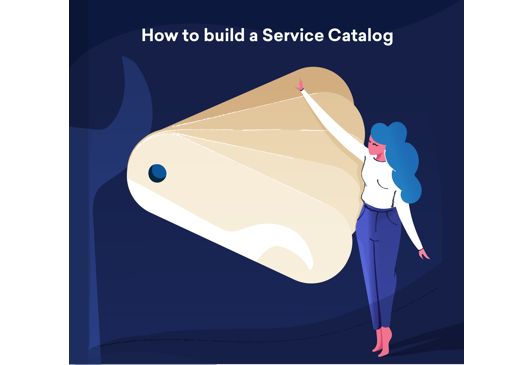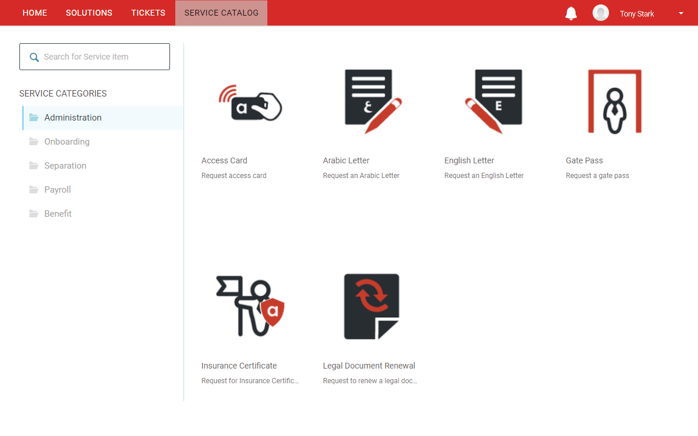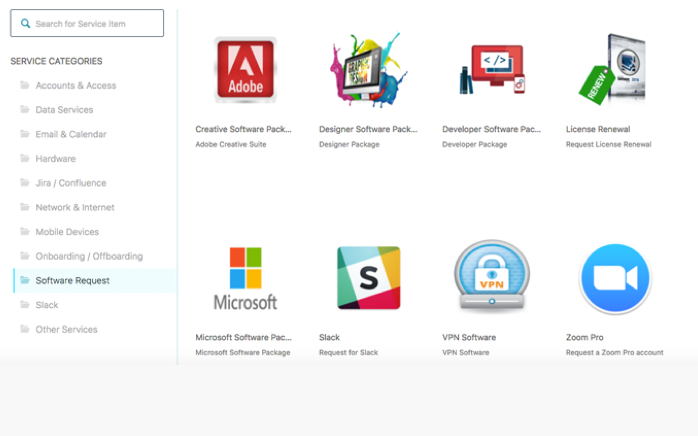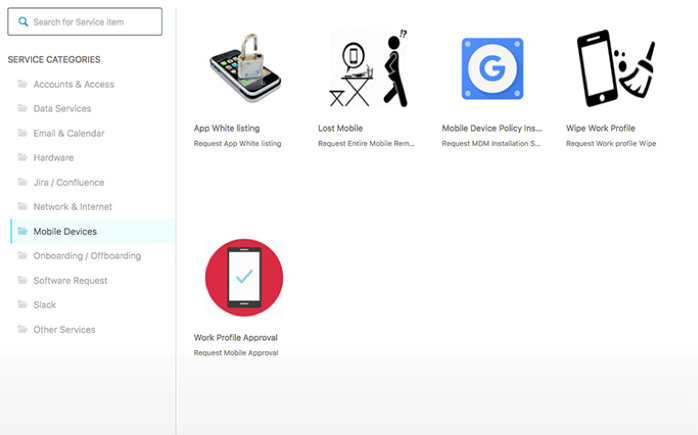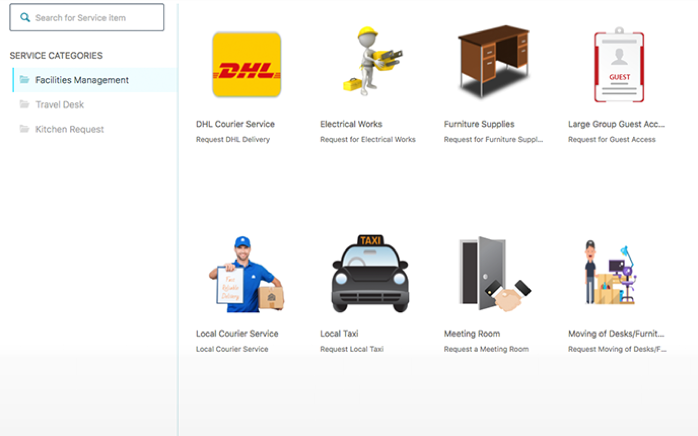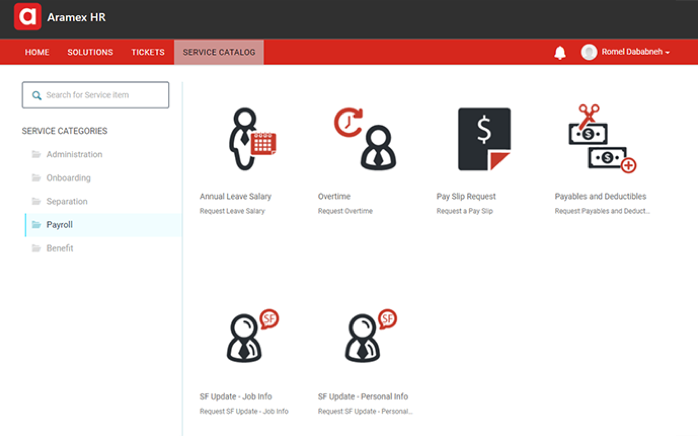Step IV - Automate the Workflow
Understand Service request workflows from the time of request placement until fulfillment. Identify the right teams and assign clear responsibilities. Most businesses follow service request approvals. Therefore, automate these workflows to improve efficiency. Establish a strong communication channel with other teams.
Upon asking some of our customers,
“What are all the other teams that the service request team interacts with?”
“Mainly Accounting but in some cases IT, Operations, and Information Security.”
This customer is using Service Catalog mainly to offer HR services.
“We interact with every team in the company: HR, Finance, Developers, Designers, you name them, and we have dealings with them, especially since we’re the backbone of a smoothly operating company of over 700 users.”
Service request automation use cases include:
- Automatic approval workflow that includes multi-stage approval
- Automatic provisioning or de-provisioning of common requests
- Creation of change requests based on service request type
Step V - Review the current
The current process needs to be reviewed based on end-user feedback. Review process helps in adding new items or updating existing service items. Monitor the performance based on KPIs such as the number of service requests received vs resolved, SLA consistency. Share the performance with management and continuously improve based on user expectation.
Here’s a best practice from our customers on setting up the Service Catalog process,
“Understanding the HR processes, identify the service items with their target audience, agreeing on the configuration related to each service, implement and use analyses for continual improvement.”
“We first came up with the services that we offer internally. Once that was decided, we structured the service catalog accordingly with updates to aid in the design and ease of use, since we will also use Freshservice for another team, we needed to do some customisation to separate both teams service categories/items in order to avoid user confusion. The customization included adding an extra menu item and hiding service categories based on the selected team services and ensuring that the tickets/service requests go to the proper team with automation.
We also conducted an internal study to check what processes can be automated, in order to reduce response time and increase team efficiency, and what services can be closed with a workflow without agent intervention, since the response and process is always the same or the user can just refer to a KB we created and uploaded on Freshservice.”
